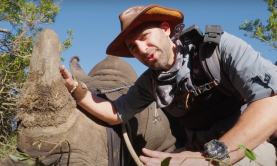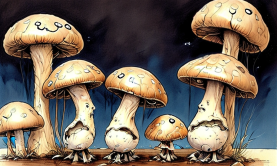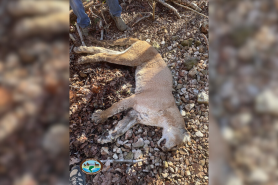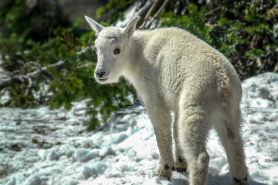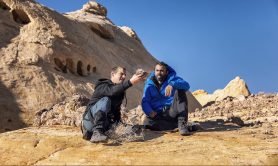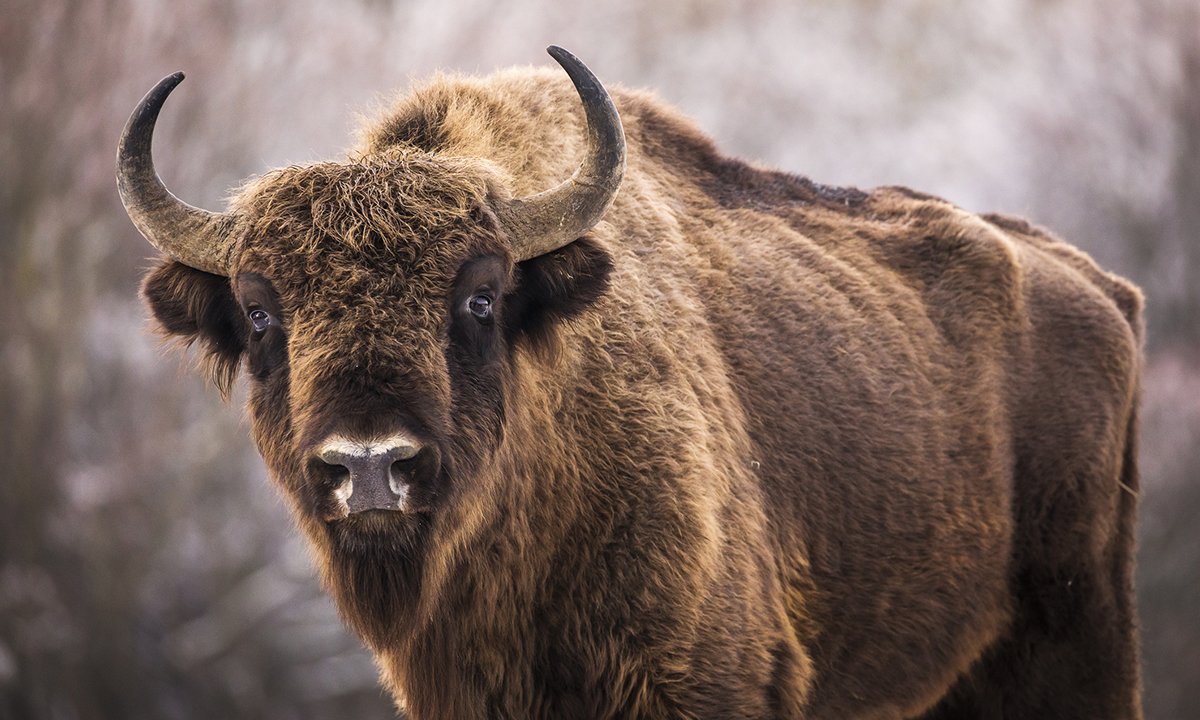

Bison are marvelous. People travel from all over the world to wonder at their size and strength and watch their slow ramble across the plains in places like South Dakota and Wyoming. All too often, though, tourists don’t respect that size and strength and get dangerously close to the hairy beasts, often to their own detriment.
Just this summer, I watched nervously from behind my car as two tourists sat in camp chairs outside their van and a bison made its way across the campground in their general direction. You could almost hear them giggling in delight at how close the animal was getting. Until it deftly broke into a trot, head down, and plowed toward them.
I’ve never seen people dive headfirst into the grass as fast as those two did. Fortunately, no one was hurt and the charge was a bluff—the bison peacefully continued on its way toward a better grazing spot once the irritating bipeds had vacated the vicinity—but the scene could have ended in disaster, and it often does.
Indeed, every year people are injured by bison in the U.S., including at ever-popular Yellowstone National Park, where thousands of the animals roam free. And these unwelcome encounters are largely because visitors mistake them for docile, domesticated creatures, when the reality couldn’t be further from the truth.
We connected with Linda Veress, park spokesperson at Yellowstone, home to the nation’s largest bison population on public land, to bust bison myths and keep you safe when you cross paths with them in the wild.
MYTH 1: Bison are essentially no more than large fluffy cows.
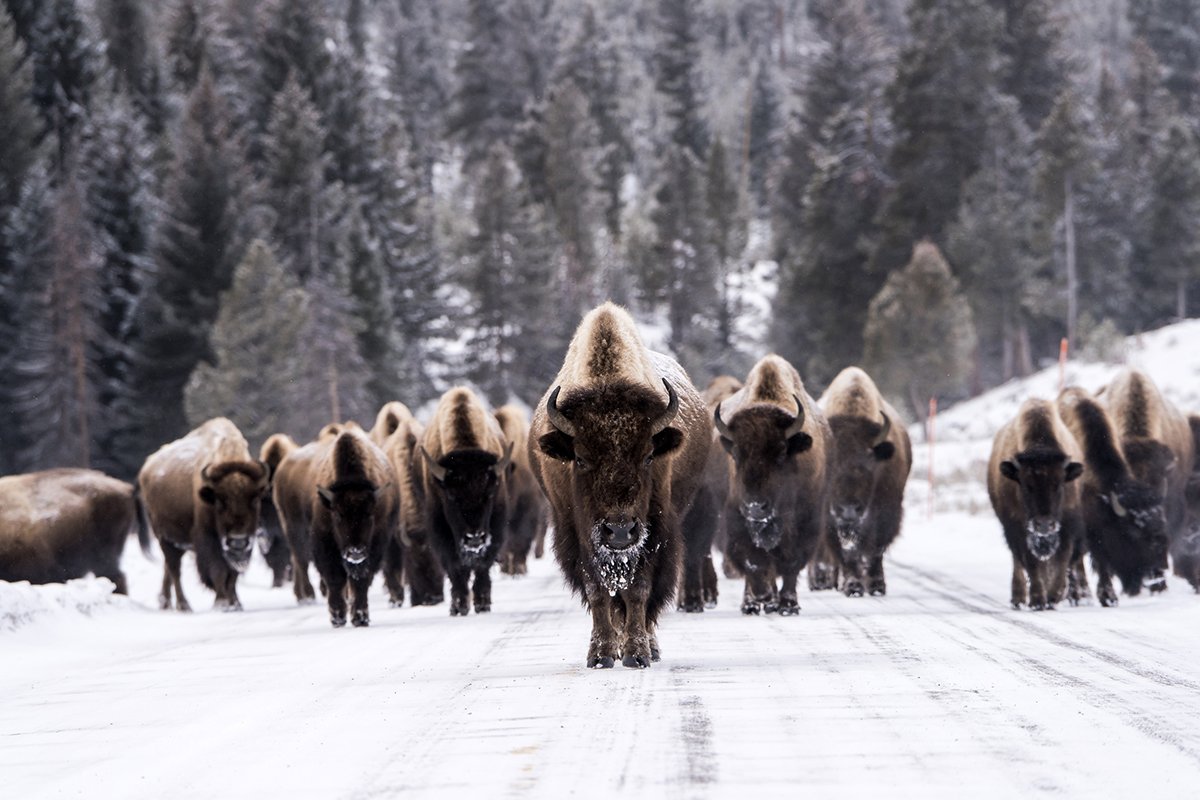
First things first: let’s set the record straight about the difference between cows and bison, because they may share a scientific family (Bovidae), but they are otherwise two very different animals. For starters, bison are much larger. In fact, they’re the largest land-dwelling mammal in all of North America. Males weigh about 2,000 pounds and females around 1,100 pounds.
Most importantly, “unlike cows, bison are wild animals,” says Veress. And just like other wild animals, bison will defend their territory if they feel threatened. In fact, bison have injured more people than any other animal at Yellowstone, usually because tourists got too close when snapping photos.
MYTH 2: Bison and buffalo are the same thing.
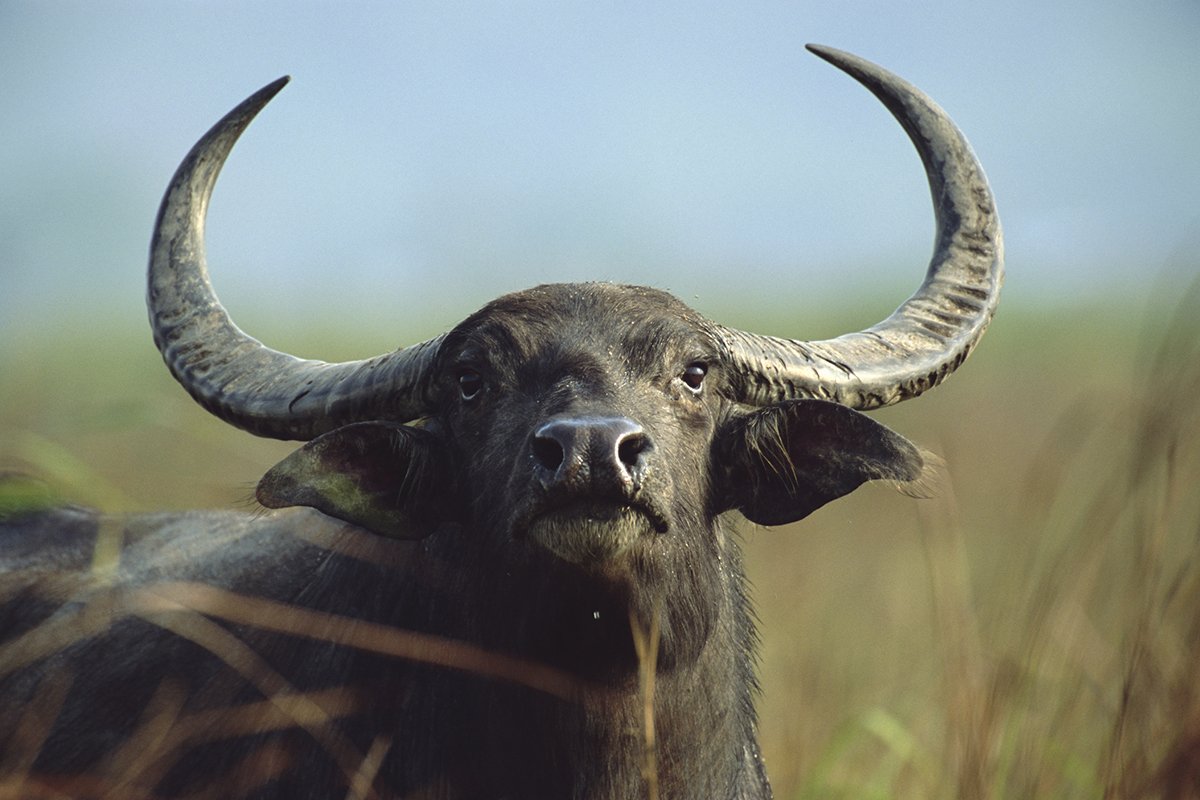
While the term “bison” and “buffalo” are often used interchangeably in North America, the scientifically correct term for the furry brown creatures that roam the plains is bison. Buffalo are technically native to South Asia and Africa (think water buffalo and cape buffalo). Though they are in the same family (Bovidae), they don’t occupy the same regions of the globe, and buffalo have larger horns and lack the pronounced shoulder hump that bison are known for.
MYTH 3: Bison are slow.
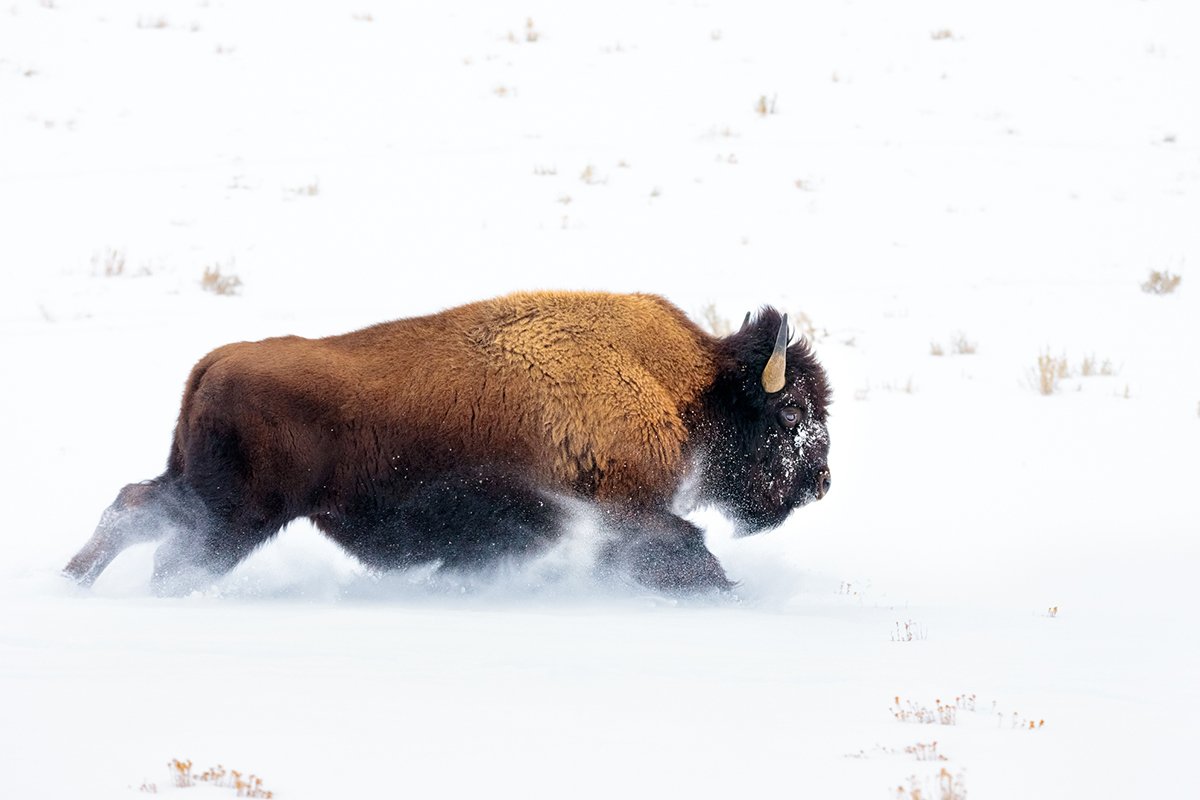
If you’re under the impression that bison are little more than larger versions of domestic cows, you might also believe that they are docile and slow, but bison can be aggressive and territorial, protective of their young, and they can run. Fast. Up to 30 mph, in fact, which is much faster than a human can run. That means if a bison takes chase and you’re too close, you’ll be within goring or trampling distance in a matter of seconds.
What’s more, bison can jump up to 6 feet high to clear fences or other obstacles and are incredibly agile, which many don’t expect, considering their heft.
MYTH 4: It’s OK to approach a bison if it’s resting.
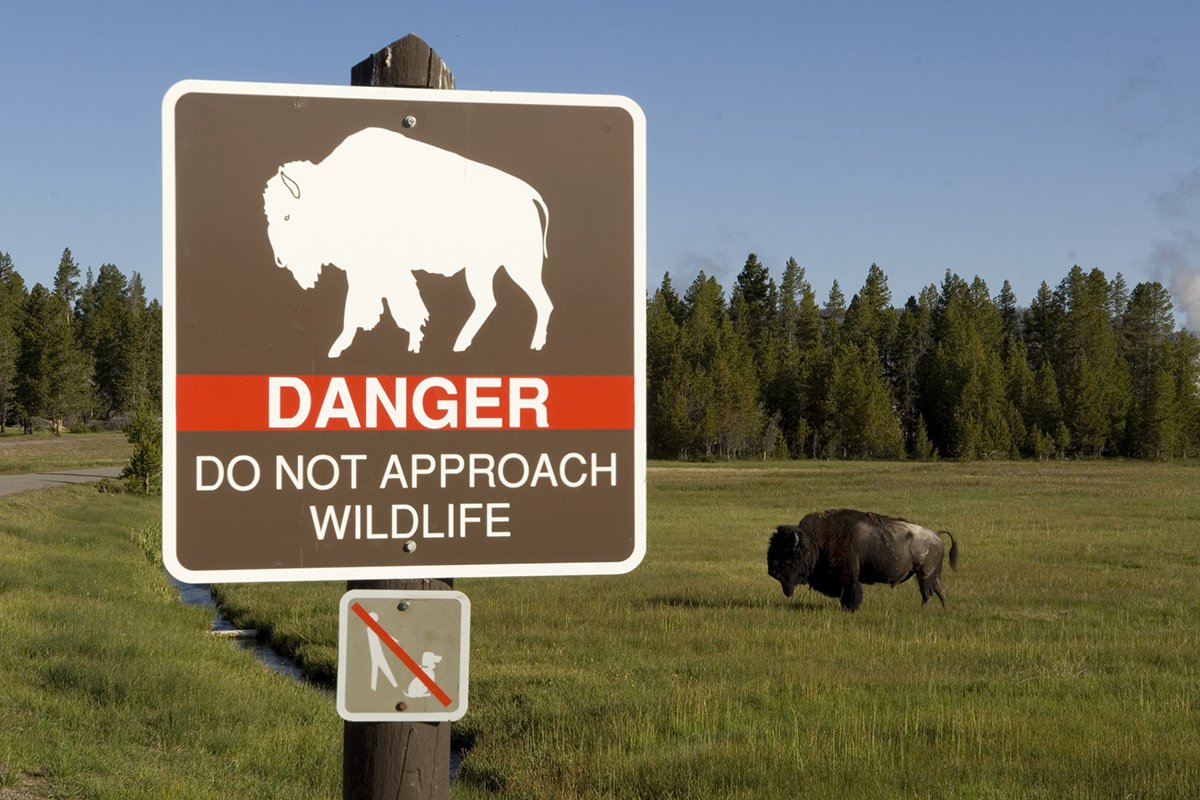
No matter a bison’s posture—standing, lying down, back turned, you name it—you should never get within 25 yards of a bison. Even when they appear to be resting or calmly feeding—as they often do—their reactions can be quick and defensive; all it takes is a visitor turning his or her back for a moment and the bison could be on its feet and ready to address the nearby threat.
So whether you’re on a trail, boardwalk, road, at a campsite, or in a parking lot, if you unwittingly find yourself within 25 yards of a bison, make some space. Walk slowly in the other direction while keeping an eye on the animal to avoid an unwanted interaction. If it’s the bison that moves closer to you, even if it’s slowly, that doesn’t mean you have permission to approach. You need to back away to maintain that safe distance, says Veress.
Veress also reminds visitors that if your presence or actions cause a wild animal to move, you’re too close. It’s actually illegal to willfully remain near or approach wildlife within any distance that disturbs or displaces the animal. That includes touching young, as one tragically misinformed visitor did just this year.
MYTH 5: There’s no way to know when a bison is about to charge.
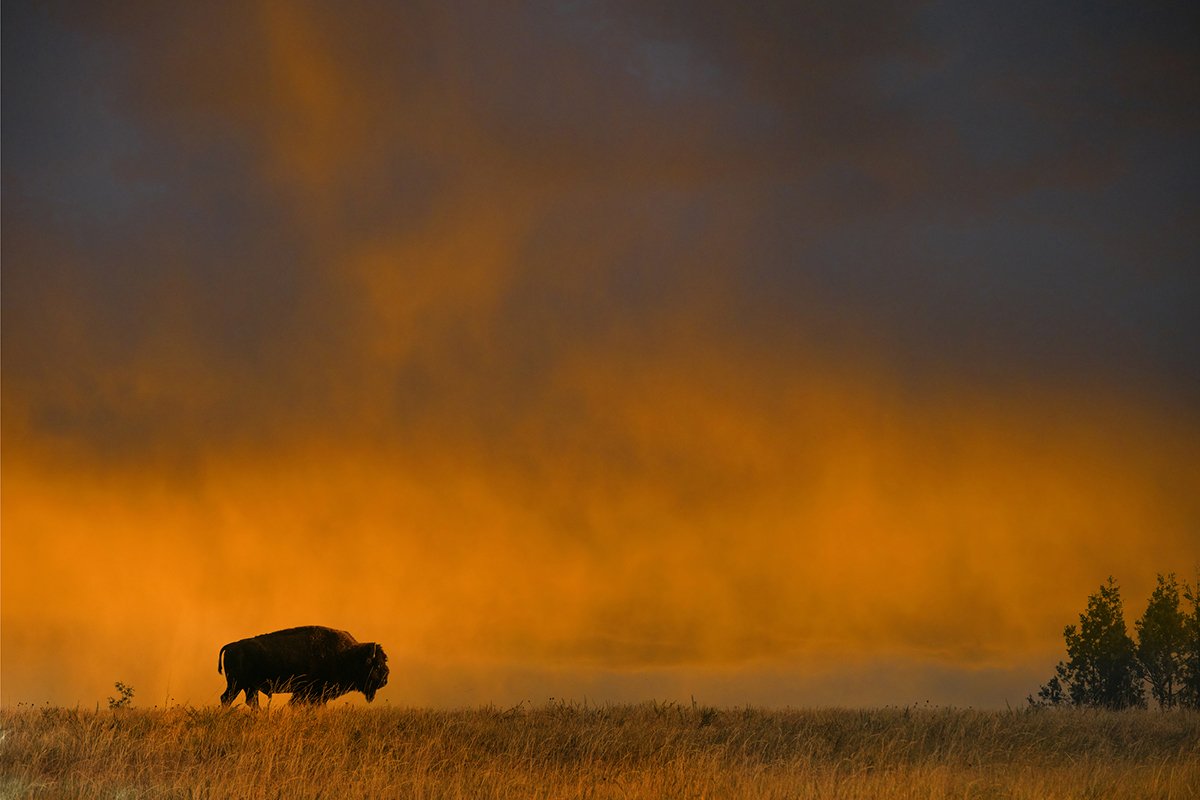
Fortunately, there are many ways to determine if a bison has marked you as a threat and is considering charging. First, its tail will likely be standing straight up in the air. It may then respond by bluff charging, bobbing its head, pawing at the ground, bellowing, or snorting.
“These are warning signs that you are too close and that a charge is imminent,” Veress says.
While bison can and will react to human presence defensively any time of year, mating season, also known as rut, which happens in July and August, and calving season in the spring means female bison will be extra protective of their vulnerable young. So be extra cautious about keeping your distance during these seasons.
Bottom line: Keep your distance (like even this six-year-old boy knows you should), remember that bison are wild animals, and respect the fact that the outdoors is their home; you’re just visiting.


